Talking birds have fascinated people for centuries with their incredible ability to mimic human speech and sounds. From cheerful budgies to intelligent African greys, these feathered companions can form deep emotional bonds with their owners and even learn entire phrases. However, not all talking birds are equally easy to train, making it essential for first-time bird owners to choose species that are intelligent, sociable, and beginner-friendly.
This guide introduces the top 10 best talking birds for beginners, explaining their personality, talking ability, lifespan, and care needs. Whether you’re a new bird lover or planning to add a feathered friend to your family, this list will help you choose the perfect talking bird.
1. Budgerigar (Budgie or Parakeet)
The budgerigar, often called a budgie, is one of the most popular talking birds in the world. Native to Australia, this small parrot is cheerful, easy to care for, and capable of learning hundreds of words.
Talking ability: Budgies can mimic human speech clearly and with surprising accuracy. Some male budgies, such as the famous “Puck,” have held world records for the largest vocabulary among talking birds.
Temperament and care: Budgies are highly social and love interacting with their owners. They thrive on attention, gentle training, and daily playtime. Their small size makes them ideal for beginners living in apartments or small spaces.
Lifespan: 5–10 years
Best for: Beginners who want a friendly, low-maintenance talking bird.
2. Cockatiel
Cockatiels are beloved for their sweet personalities and expressive crests. Although they are not as advanced in speech as larger parrots, they can still learn to whistle tunes, mimic simple words, and imitate household sounds.
Talking ability: Male cockatiels are better talkers than females. They often develop their own “vocabulary” of whistles and phrases, especially when trained from a young age.
Temperament and care: Cockatiels are gentle, affectionate, and easy to tame. They love sitting on their owner’s shoulder and interacting through soft chirps or whistles. They require moderate care and plenty of socialization.
Lifespan: 10–15 years
Best for: Beginners seeking a gentle, trainable bird with moderate talking ability.
3. Quaker Parrot (Monk Parakeet)
The Quaker parrot, also known as the Monk parakeet, is famous for its lively personality and strong ability to talk. These medium-sized birds are intelligent, curious, and love being the center of attention.
Talking ability: Quakers can mimic human voices with clarity and emotion. They not only repeat words but also use them contextually, showing a higher level of communication than many other talking birds.
Temperament and care: They are confident and affectionate but can be territorial. Regular training helps build trust and reduce aggressive behavior. Quakers need mental stimulation through toys and interactive sessions.
Lifespan: 20–30 years
Best for: Beginners who are ready for a smart, talkative companion with personality.
4. Indian Ringneck Parakeet
The Indian Ringneck Parakeet is known for its elegant appearance and excellent speaking skills. With consistent training, they can develop clear speech and mimic tones almost perfectly.
Talking ability: Ringnecks are among the most talented talking birds for beginners. They can learn short sentences and express emotions through their tone. Early training is essential to unlock their full talking potential.
Temperament and care: They are playful but may go through a “bluffing phase” in adolescence, where they become slightly aggressive. With patience and positive reinforcement, they become loyal companions.
Lifespan: 20–30 years
Best for: Owners who want a beautiful, articulate bird with expressive speech.
5. African Grey Parrot
The African Grey Parrot is widely recognized as the most intelligent talking bird in the world. While they require more care than smaller species, they are still manageable for dedicated beginners.
Talking ability: African Greys can learn hundreds of words and understand their meaning. Famous examples, like “Alex the Parrot,” have demonstrated reasoning skills comparable to a young child.
Temperament and care: They are sensitive, intelligent, and emotionally aware. African Greys need daily interaction, enrichment, and a stable environment. Boredom can lead to stress or feather plucking.
Lifespan: 40–60 years
Best for: Serious beginners willing to commit to long-term care and training.
6. Yellow-Naped Amazon
The Yellow-Naped Amazon is another exceptional talking bird with a friendly, outgoing personality. They are known for their strong mimicry skills and their ability to hold simple conversations.
Talking ability: They can develop an extensive vocabulary and speak in human-like tones. Yellow-Naped Amazons can even mimic laughter, songs, and background noises.
Temperament and care: These birds are social and affectionate but require consistent training to prevent stubborn behavior. They enjoy family interactions and thrive on daily attention.
Lifespan: 50–60 years
Best for: Beginners seeking a talkative, interactive parrot with a long lifespan.
7. Eclectus Parrot
The Eclectus Parrot stands out with its vibrant plumage—males are bright green, while females are deep red and blue. They are gentle, calm, and surprisingly good talkers.
Talking ability: Eclectus parrots have clear, sweet voices and can mimic speech with exceptional clarity. Some can even sing or repeat household phrases fluently.
Temperament and care: They are intelligent and affectionate but sensitive to stress. A calm environment and consistent routine help them thrive. They enjoy gentle handling and talking sessions.
Lifespan: 30–50 years
Best for: Beginners who prefer a calm, colorful, and intelligent talking bird.
8. Blue-Fronted Amazon
The Blue-Fronted Amazon is another excellent choice for beginners who want a lively and talkative bird. Known for their cheerful personalities, they easily bond with their human families.
Talking ability: These Amazons have strong vocal skills and love to mimic everyday sounds. They can learn dozens of words and phrases, especially when trained through repetition and rewards.
Temperament and care: They are playful, social, and love to perform. However, they can become loud when excited. Providing enough toys and stimulation helps manage their energy.
Lifespan: 40–60 years
Best for: Beginners looking for a fun, talkative bird that enjoys social engagement.
9. Hill Myna
The Hill Myna is one of the few non-parrot species with exceptional talking abilities. Found in South and Southeast Asia, this glossy black bird is famous for its ability to mimic human voices almost perfectly.
Talking ability: Hill Mynas can reproduce words, whistles, and even laughter with astonishing clarity. Their speech often sounds more natural than that of parrots.
Temperament and care: They are playful, vocal, and relatively easy to care for. However, they need spacious cages and fresh fruits daily, as they primarily eat soft foods.
Lifespan: 20–25 years
Best for: Beginners interested in a unique, non-parrot talking bird.
10. Rose-Ringed Parakeet
The Rose-Ringed Parakeet, also known as the Kramer’s Parakeet, is a close relative of the Indian Ringneck. These medium-sized parrots are charming, social, and capable of developing good speech.
Talking ability: They can imitate human speech clearly, especially when trained with patience. Males are typically better talkers than females.
Temperament and care: Rose-Ringed Parakeets are energetic and love human interaction. They enjoy learning tricks and phrases but require consistent attention to prevent boredom.
Lifespan: 20–30 years
Best for: Beginners who want a lively and sociable talking bird.
How to Train a Talking Bird
Training your talking bird requires patience, consistency, and positive reinforcement. Here are key tips for beginners:
1. Start early: Young birds learn faster. Begin speech training when your bird feels comfortable in its new home.
2. Repeat simple words: Start with easy words like “Hello” or your bird’s name. Consistent repetition helps build vocabulary.
3. Use positive reinforcement: Reward your bird with treats and affection when it repeats words correctly.
4. Create a talking routine: Practice daily at the same time for 10–15 minutes.
5. Speak clearly: Use an enthusiastic tone to keep your bird engaged.
6. Avoid background noise: Train in a quiet room to help your bird focus on your voice.
7. Be patient: Every bird learns at its own pace. Consistent love and attention yield the best results.
Choosing the Right Talking Bird for You
When selecting a talking bird, consider these factors:
- Space: Smaller birds like budgies or cockatiels are suitable for apartments.
- Time commitment: Larger parrots need more interaction and mental stimulation.
- Budget: Some species, like African Greys, can be expensive and require specialized care.
- Noise level: If you prefer a quiet home, choose softer talkers like Eclectus or budgies.
- Longevity: Parrots can live decades—ensure you’re ready for a lifelong companion.
Final Thoughts
Owning a talking bird can be one of the most rewarding experiences for pet lovers. These intelligent, expressive creatures bring laughter, companionship, and a touch of wonder into everyday life. For beginners, species like budgies, cockatiels, and Quaker parrots offer the perfect mix of easy care and impressive talking ability.
With time, patience, and affection, your bird can become a charming conversational partner—and a cherished member of your family.

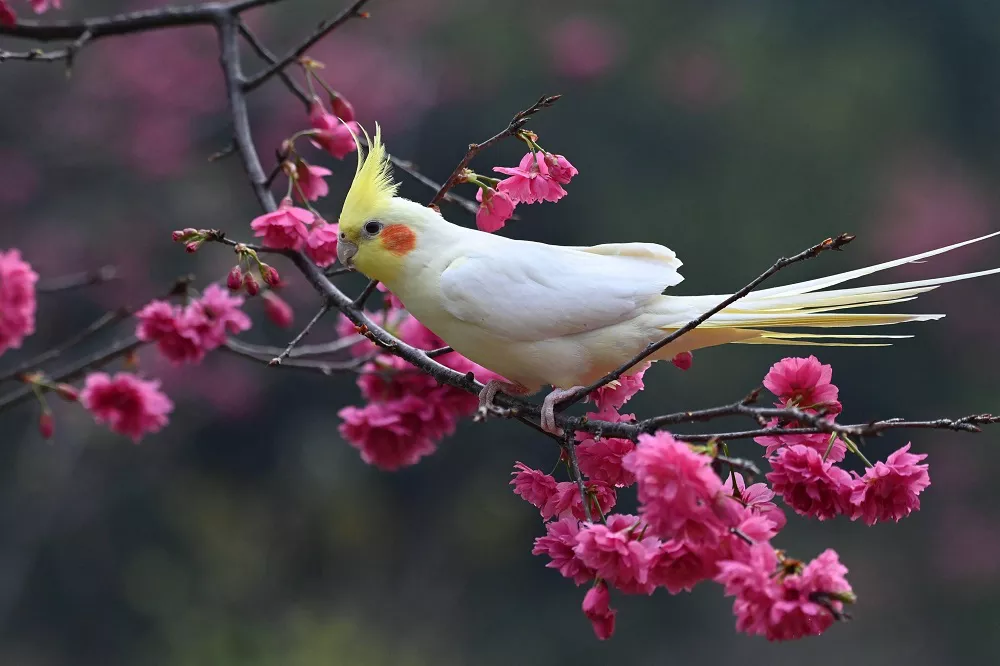
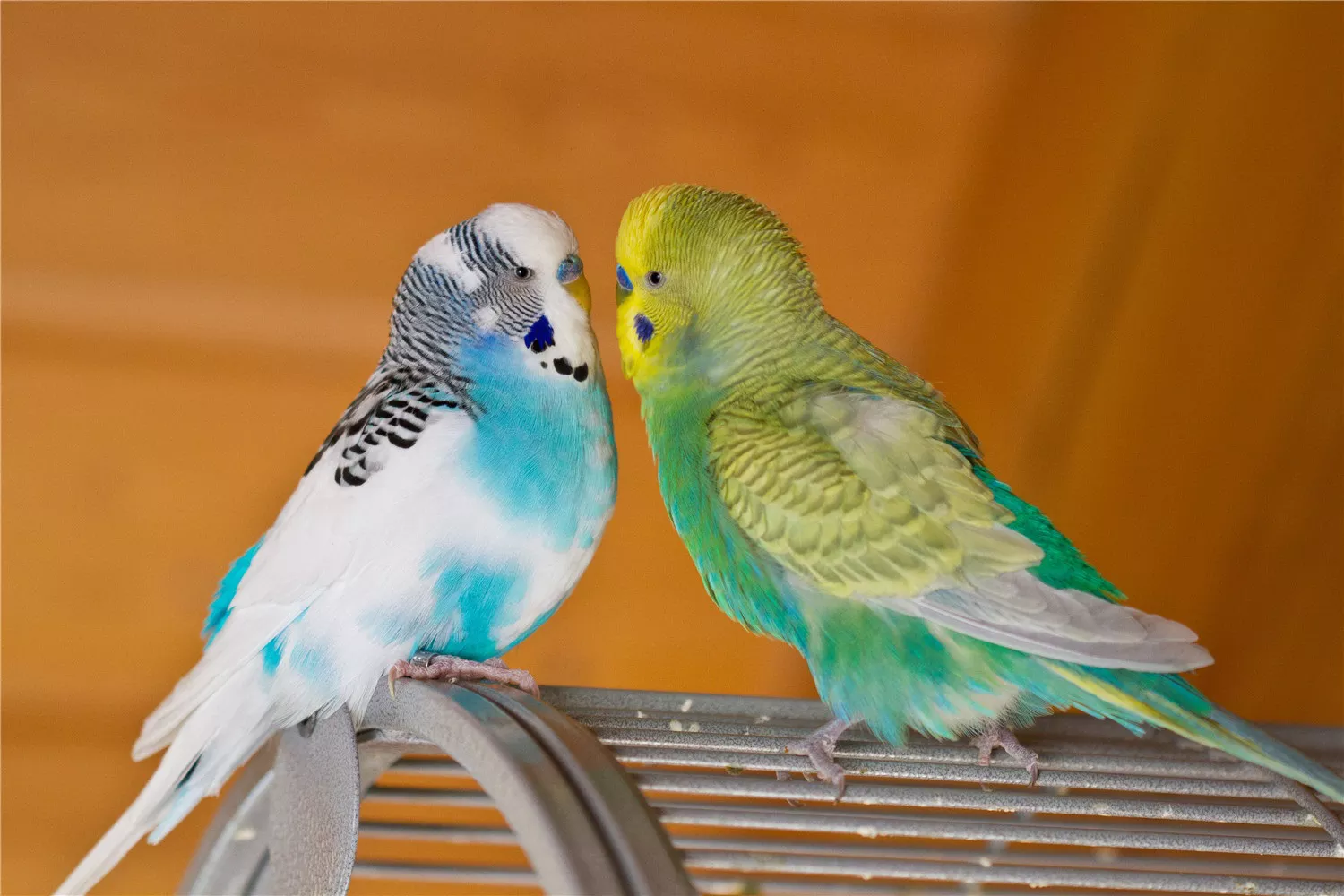
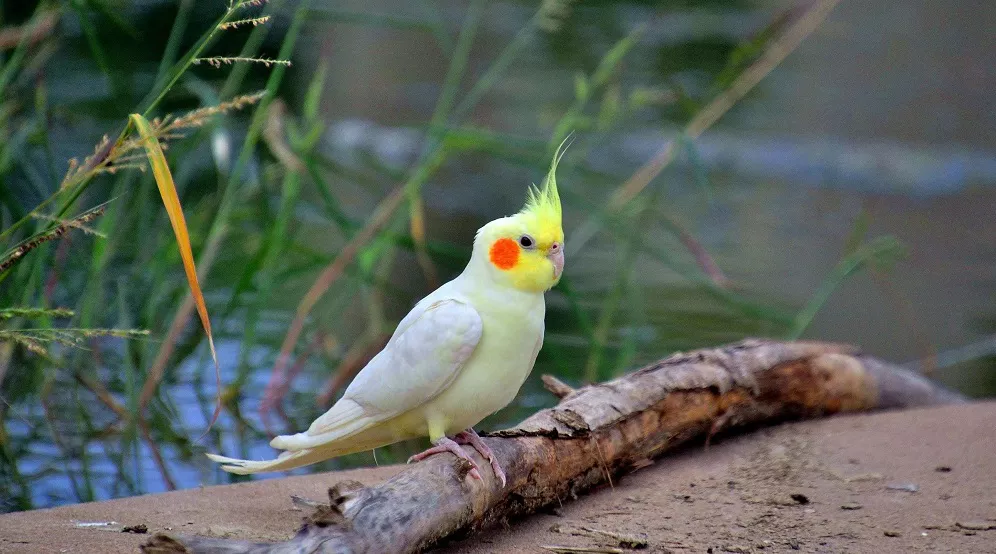
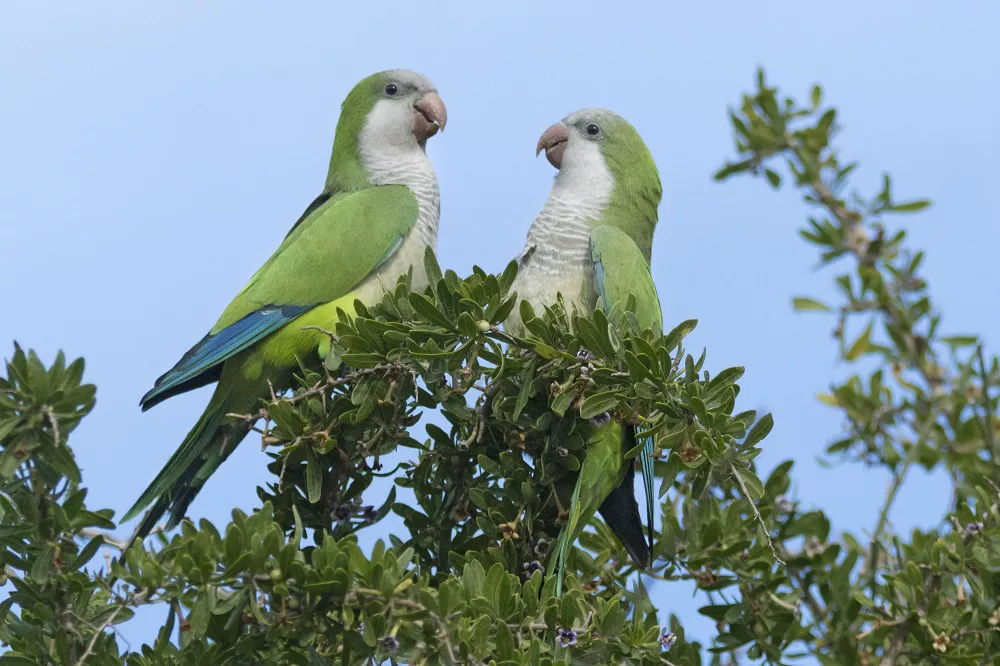
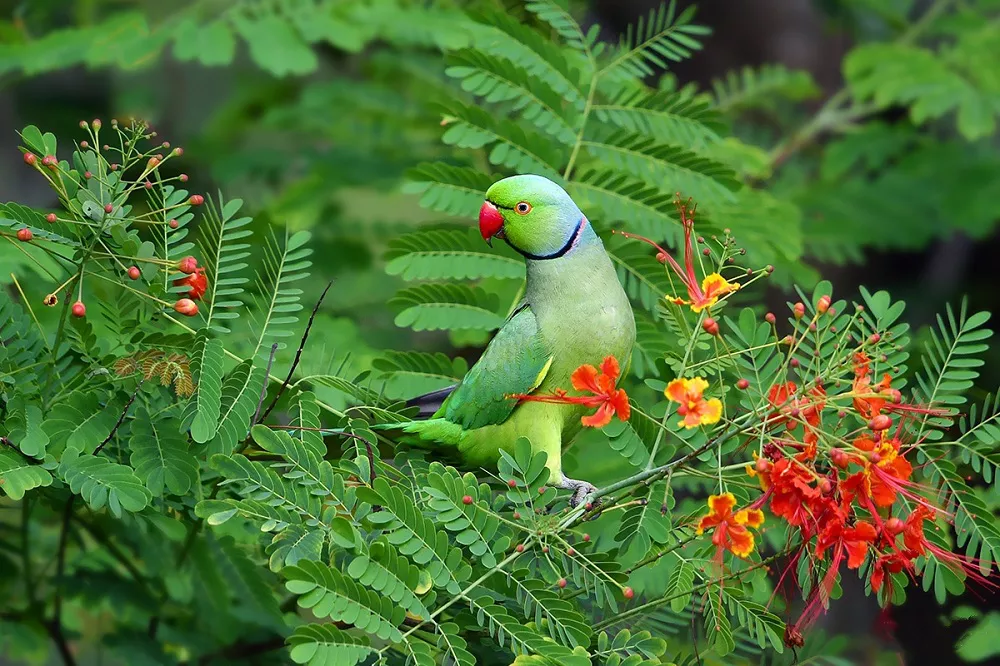
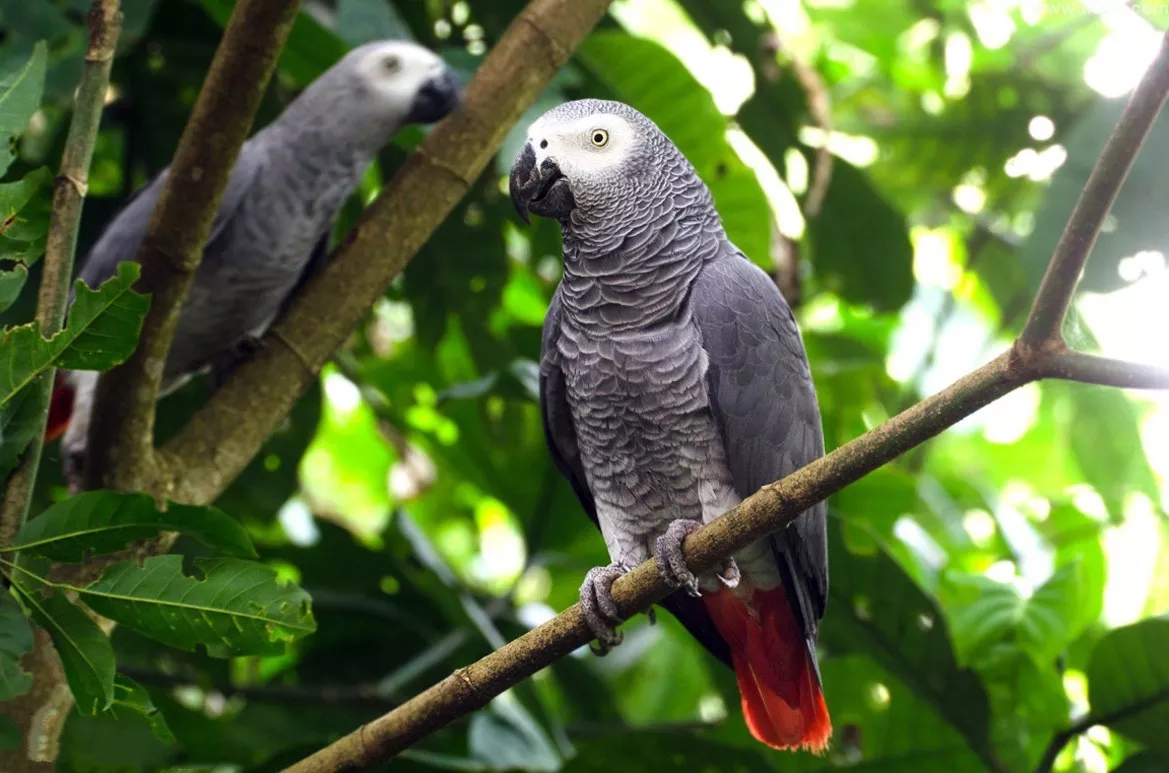
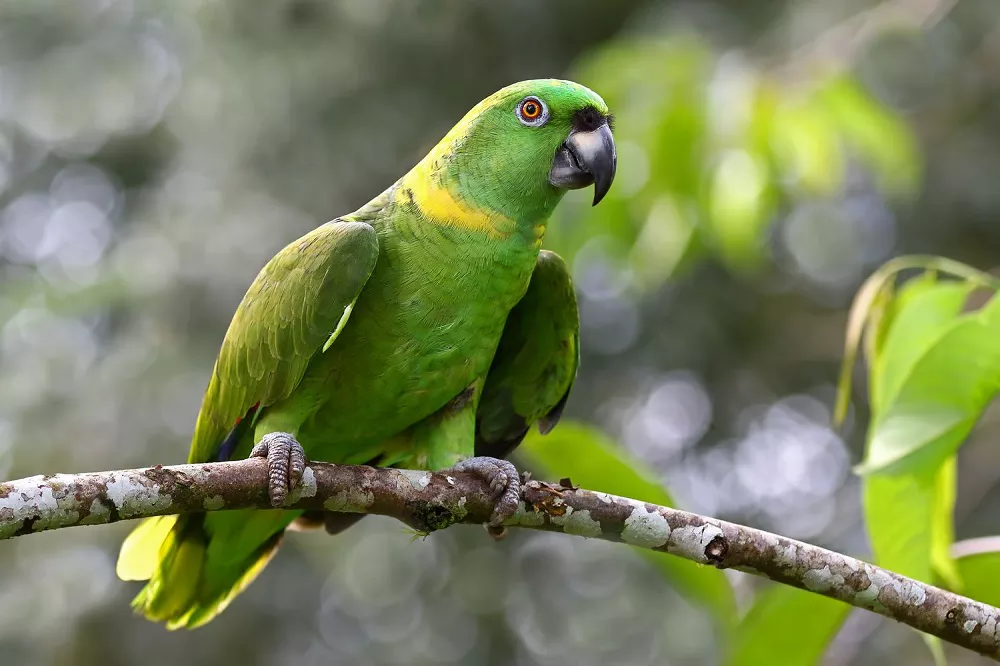
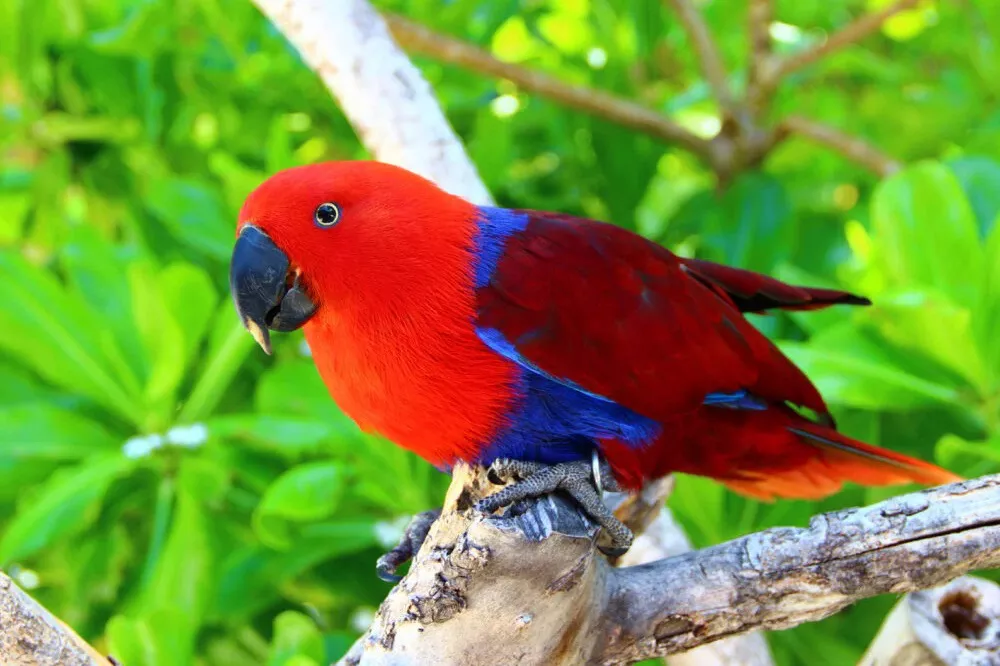
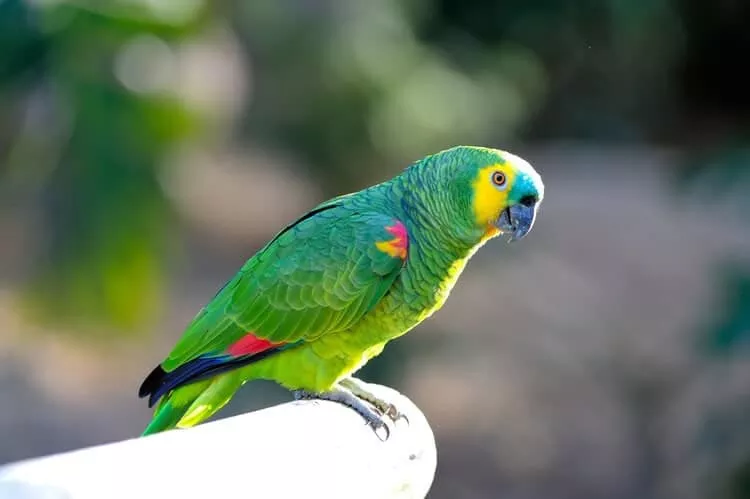
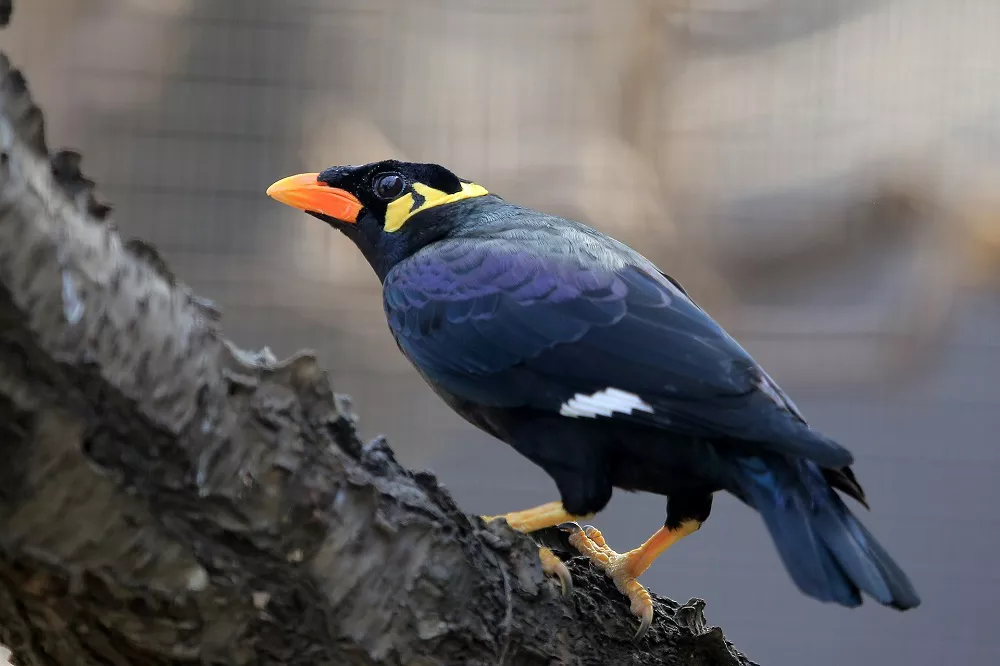
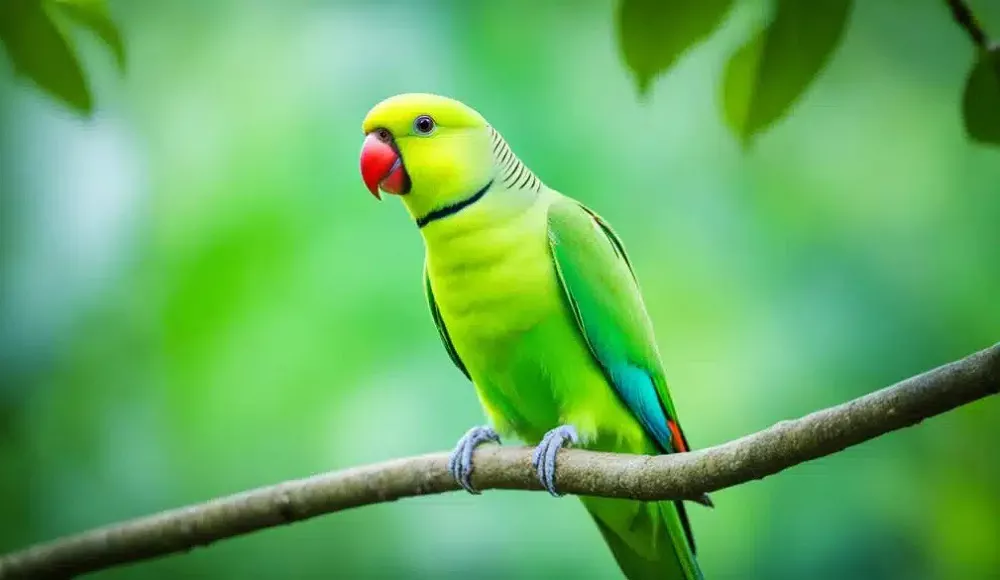
 Facebook
Facebook  Instagram
Instagram  Youtube
Youtube 